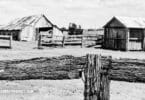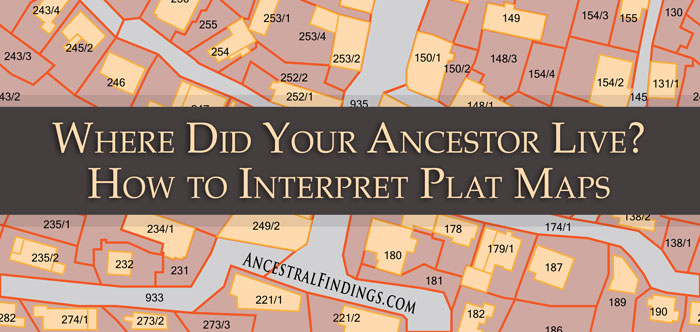The other best ways to use land records to research your family tree are through wills/estate inventory/probate records and real estate transaction records. These are all typically easily available record sources, going from ancient times to the present day. The availability of the records will depend on the state in which you are searching, but most states are fairly open with their real estate transaction records, at least. You can find wills/estate inventories/probate records at local courthouses, county courthouses, and on some online genealogy websites. Each record source offers a potential wealth of genealogical information and clues.
The wills, estate, and probate records you will look at are possible locations of information on who owned land, houses, or other real property, and who it was left to or otherwise disposed of after the person crossed over to the other side. These records are excellent resources for determining who owned land, who may own that land now (you can use these same records in subsequent generations to determine a chain of ownership for a piece of land), where your ancestor’s land was once located (if it is no longer in the family), and the dynamics of family relationships in any given generation (which can be teased out based on who inherited land, houses, and other real property, who did not, and if any reasons were given for these inheritances).
Estate inventories and probate records will also give you information such as the physical description of the land, a statement of how much land was owned, and possibly even when (and sometimes from whom) it was purchased or otherwise acquired (such as through inheritance). These are interesting details on your ancestor’s life that can help you put together a bigger, more complete picture of who they were as a person.
The real estate records can be found in a variety of locations. Old newspapers often recorded real estate transactions, even just a few decades ago (and they still do in some places). These records can often be found online on genealogy websites that publish old newspaper records, such as Newspapers.com and Ancestry.com. GenealogyBank.com is another good site for newspaper records. There are also all kinds of independent websites that publish old newspaper records for local areas. You can find these by searching for them on Google or any other search engine you like.
You can also find these transactions at the local property appraiser’s office or website. The local courthouse will also have these records in the form of property deeds, which will have the names of those granting the deed and those receiving it, which will assist you in tracing the land’s ownership through decades, and even through centuries.
Knowing who owned land in your ancestry, what kind of land they owned, what they did with the land, how much land they owned, who their neighbors were, and what happened to the land (either sale, foreclosure, inheritance, or some other method of transfer of the land) will tell you a lot about an ancestor and their family, either through only one generation or through many centuries of generations. There are still places in Europe that have been owned by the same family for many hundreds of years, after all. Even in America, you can sometimes find that kind of ownership in the earliest settled places, such as New England. Land records are a valuable genealogical resource you should definitely be using.






